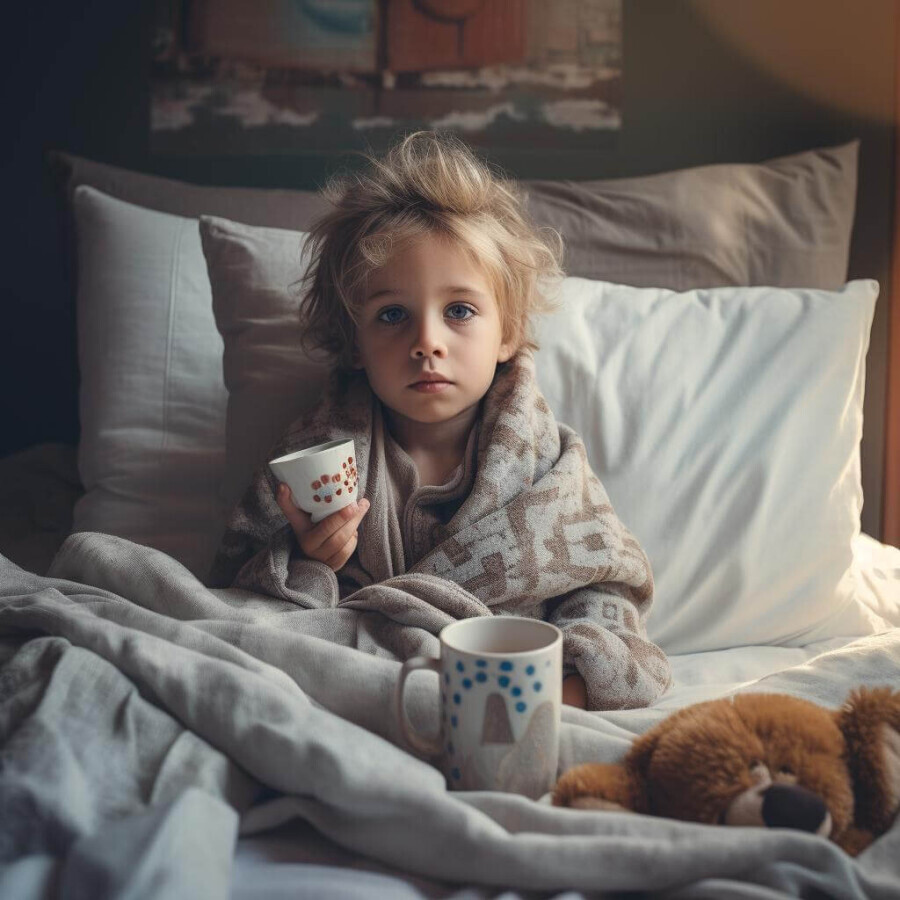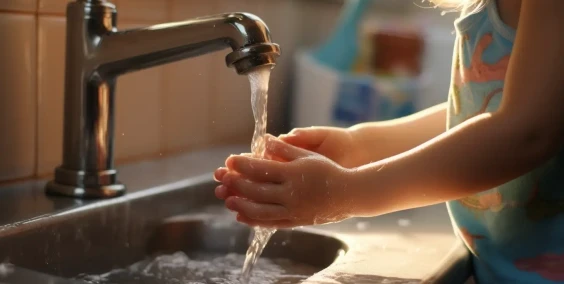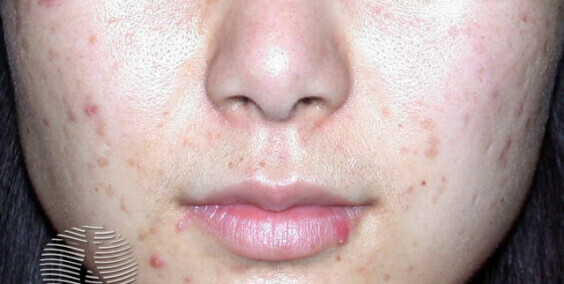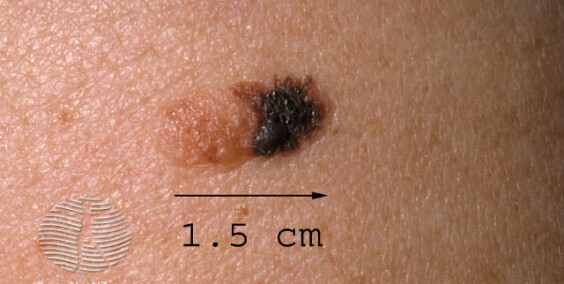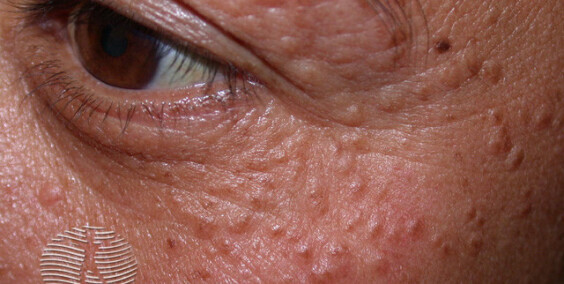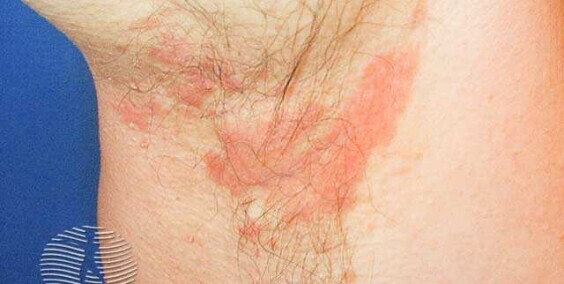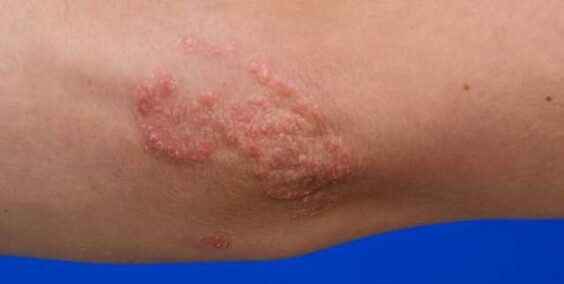Learn to recognize symptoms of Scarlet fever, understand the unique aspects of scarlet fever in pediatric cases, and discover crucial protective measures. Stay informed about scarlet fever and related topics.
Scarlet fever, a bacterial infection caused by Streptococcus pyogenes, commonly affects children. In our previous article on Scarlet fever, we covered the general aspects of the disease. Now, let's delve into specific details regarding scarlet fever in children, including symptoms and preventive measures.
Common Symptoms in Children
Scarlet fever manifests differently in children, often with unique characteristics. Common symptoms include:
- Bright Red Rash: The rash in children can be more pronounced, resembling a sunburn and often starting on the face before spreading to other areas.
- Behavioral Changes: Children may exhibit changes in behavior, such as irritability or lethargy, which can be indicative of scarlet fever.
Diagnosing Scarlet Fever in Children
Diagnosing scarlet fever in children requires careful observation. If you notice symptoms like a persistent rash or behavioral changes, consult a pediatrician promptly. A throat swab may be performed to confirm the presence of Streptococcus pyogenes.
Protective Measures for Children
Preventing the spread of scarlet fever in a household with children is crucial. Consider the following protective measures:
- Isolation: Keep the child at home until they are no longer contagious, typically after starting a course of antibiotics.
- Hygiene Practices: Emphasize regular handwashing, especially after coughing or sneezing, to reduce bacterial transmission.
- Educate Caregivers: Ensure that parents, guardians, and caregivers are aware of scarlet fever symptoms and the importance of seeking medical attention.
For a broader understanding of scarlet fever, refer to our previous article covering
general aspects of scarlet fever. Understanding the fundamentals will enhance your knowledge of this specific discussion on scarlet fever in children.
Scarlet fever in children requires heightened attention due to its unique presentation and potential complications. By recognizing symptoms early and implementing protective measures, caregivers can contribute to the well-being of the child and prevent the spread of the infection.
Stay informed and follow our series of articles on scarlet fever to deepen your knowledge and promote health in your community.
